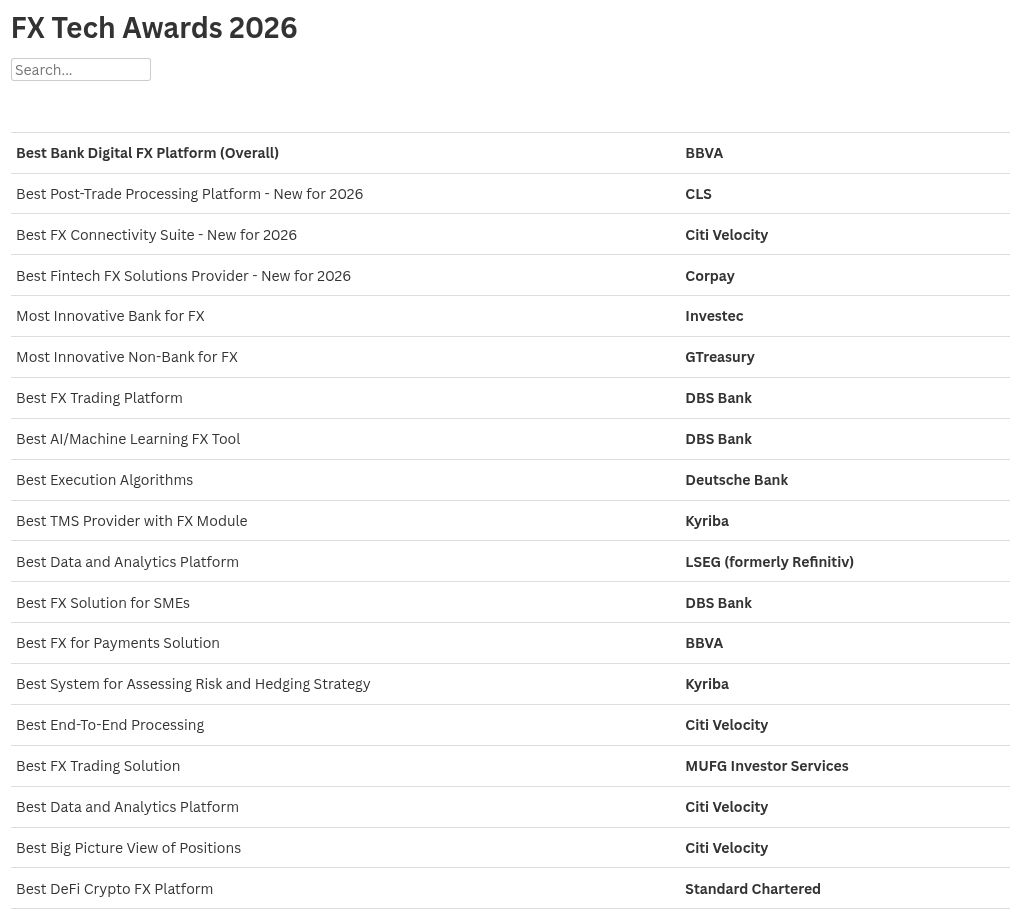- US fourth-quarter GDP could be negative if shutdown drags on, White House economic adviser says Reuters
- ‘People are really hurting’: From airports to grocery stores, shutdown leaves Americans scrambling CNN
- US economy strain: Treasury Secretary Scott Bessent says impact of shutdown getting ‘worse and worse’; wa Times of India
- Washington’s struggling economy takes another economic hit from the government shutdown morning-times.com
- Market Ghost(@cryptonoyon_10k)’s insights Binance
Author: admin
-
US fourth-quarter GDP could be negative if shutdown drags on, White House economic adviser says – Reuters
-
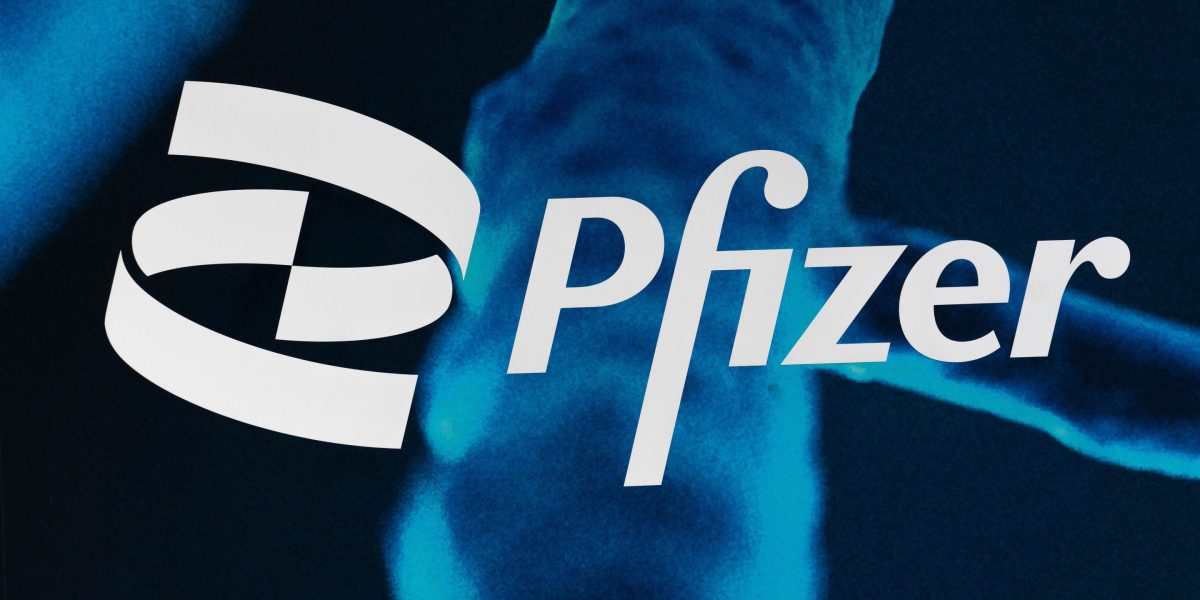
Pfizer beats out Novo Nordisk in bidding for obesity drugmaker Metsera
U.S. pharmaceutical giant Pfizer signed a deal to purchase development-stage obesity drugmaker Metsera Inc., winning a bidding war against Novo Nordisk, the Danish drugmaker behind weight-loss treatments Ozempic and Wegovy.
Metsera, based in New York, has no products on the market, but it is developing oral and injectable treatments. That includes some potential treatments that could target lucrative fields for obesity and diabetes.
The deal comes as Pfizer is attempting to develop its own stake in that market, several months after ending development of a potential pill treatment for obesity.
In a statement issued Friday, Metsera said Pfizer will acquire the company for up to $86.25 per share, consisting of $65.60 per share in cash and a contingent value right entitling holders to additional payments of up to $20.65 per share in cash.
Metsera cited U.S. antitrust risks in Novo’s bid, saying in its statement that the board has determined Pfizer’s revised terms represent “the best transaction for shareholders, both from the perspective of value and certainty of closing.”
The deal comes three days after Novo Nordisk raised the stakes in its push to outbid Pfizer, saying Tuesday it would offer to pay as much as $10 billion for Metsera. That was higher than its previous bid of up to $9 billion which sparked a lawsuit from Pfizer.
Pfizer had also altered the offer it made in September of nearly $4.9 billion to provide more cash up front, Metsera had said.
New York-based Pfizer said in an email that it was happy with the terms of the deal, and expects to close the transaction shortly following the Metsera shareholder meeting on Nov. 13.
Novo Nordisk said Saturday it would not increase its offer and would leave the race to acquire Metsera.
Novo’s proposed deal had involved paying $62.20 in cash for each Metsera share, up from its previous bid of $56.50. The Danish drugmaker planned to tack on a contingent value right payment of $24, another improvement from its previous bid, if certain development and regulatory milestones were met.
Continue Reading
-
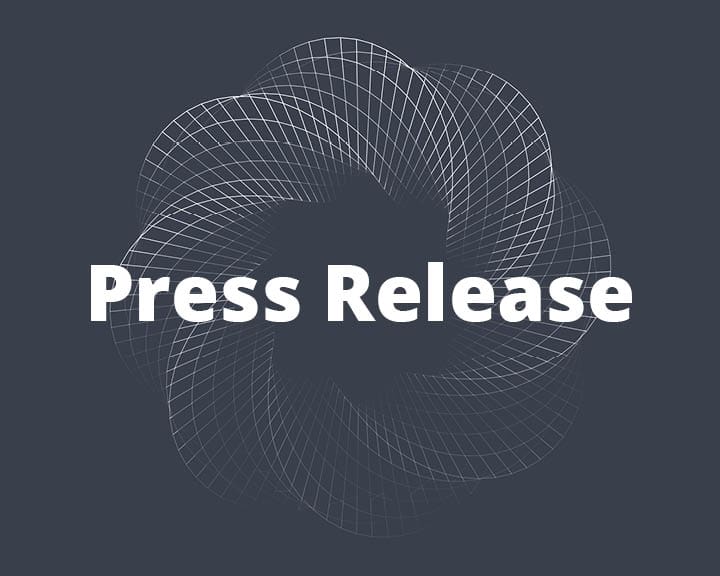
PRESS RELEASE: Global Finance Names The 2026 FX Tech Awards As Part Of The Gordon Platt Foreign Exchange Awards
Home Awards
Winner Announcements

Global Finance magazine has named its annual FX Tech Awards as part of the Gordon Platt Foreign Exchange Awards 2026. This awards program honors companies that conceive fresh ideas and demonstrate exceptional skill in designing or deploying technology to improve foreign exchange.
These awards are named in honor of Gordon Platt, who was the driving force behind this program for many years.
An exclusive report on this program will be published in the January 2026 print and digital editions, as well as online at GFMag.com. It will also include Global Finance’s 26th annual World’s Best Foreign Exchange Banks Awards.
Winning organizations will be honored at Global Finance’s Gordon Platt Foreign Exchange and Best SME Bank Awards Ceremony in London – Date and Location TBD.
Global Finance’s regional experts considered bank and technology provider submissions and used their own research and knowledge to make shortlists in all regions and categories, before applying a custom algorithm, which includes market share, scope of global coverage, innovative features, competitive pricing, and customer service to help choose the 2026 FX Tech Award winners.
“Global Finance’s 2026 FX Tech Award winners are redefining what’s possible in foreign exchange technology,” said Joseph Giarraputo, founder and editorial director of Global Finance. “By delivering smarter, faster, and more secure solutions, these innovators are shaping the future of finance. Global Finance is proud to honor their outstanding contributions.”
The complete list of Global Finance’s 2026 FX Tech Awards follows.
For editorial information please contact: Andrea Fiano, editor, email: afiano@gfmag.com
###
Please fill in the form below to receive full coverage of the World’s Best Foreign Exchange Bank Awards 2026 when available.
About Global Finance
Global Finance, founded in 1987, has a circulation of 50,000 readers in 185 countries, territories and districts. Global Finance’s audience includes senior corporate and financial officers responsible for making investment and strategic decisions at multinational companies and financial institutions. Its website — GFMag.com — offers analysis and articles that are the legacy of 38 years of experience in international financial markets. Global Finance is headquartered in New York, with offices around the world. Global Finance regularly selects the top performers among banks and other providers of financial services. These awards have become a trusted standard of excellence for the global financial community.
Logo Use Rights
To obtain rights to use the Global Finance FX Tech Awards 2026 logo or any other Global Finance logos, please contact Chris Giarraputo at: chris@gfmag.com. The unauthorized use of Global Finance logos is strictly prohibited.
Continue Reading
-
Chronic kidney disease 9th global killer, 1.48M deaths
Chronic kidney disease 9th global killer, 1.48M deaths | The Jerusalem Post Continue Reading
-
Secretary-General’s message to the 26th Session of the UN Tourism General Assembly | Secretary-General
Dear Delegates,
I send my warm greetings to the global tourism community as you gather in Riyadh for this milestone General Assembly, marking 50 years of UN Tourism.
Tourism is a powerful force for good in our divided world.
It brings people…
Continue Reading
-
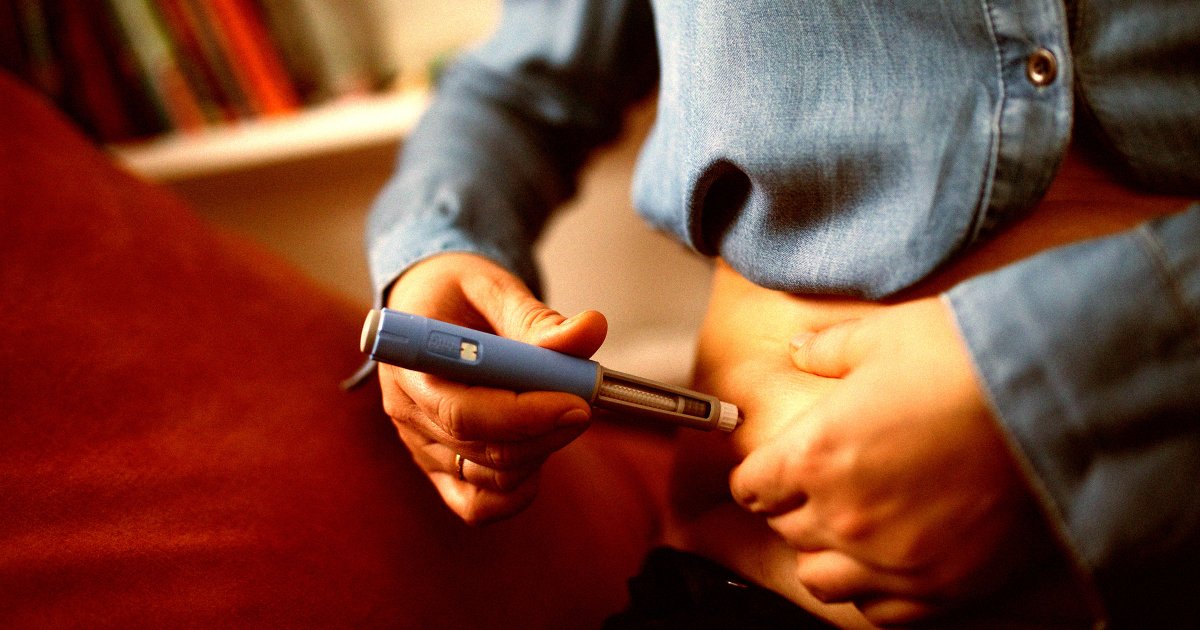
Scientists Say They’ve Figured Out a Way to Reprogram the Pancreas to Produce GLP-1s Without Ozempic
Scientists say they’ve come up with a way for the body to produce its own store of glucagon-like peptide-1 (GLP-1).
GLP-1 is the naturally produced hormone whose function is being mimicked by drugs like semaglutide and tirzepatide, the…
Continue Reading
-
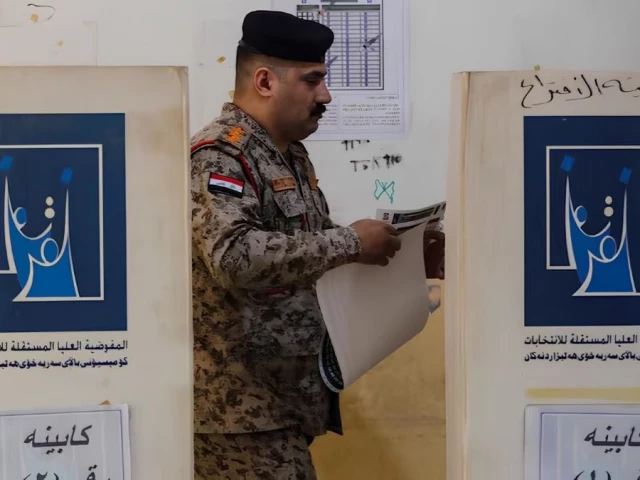
Over a million military personnel, thousands of IDPs cast early ballots in Iraq
Over 7,700 candidates vie for 329 parliamentary seats as 21 million Iraqis prepare to vote
An Iraqi soldier casting vote in special elections. PHOTO: AFP
…Continue Reading
-
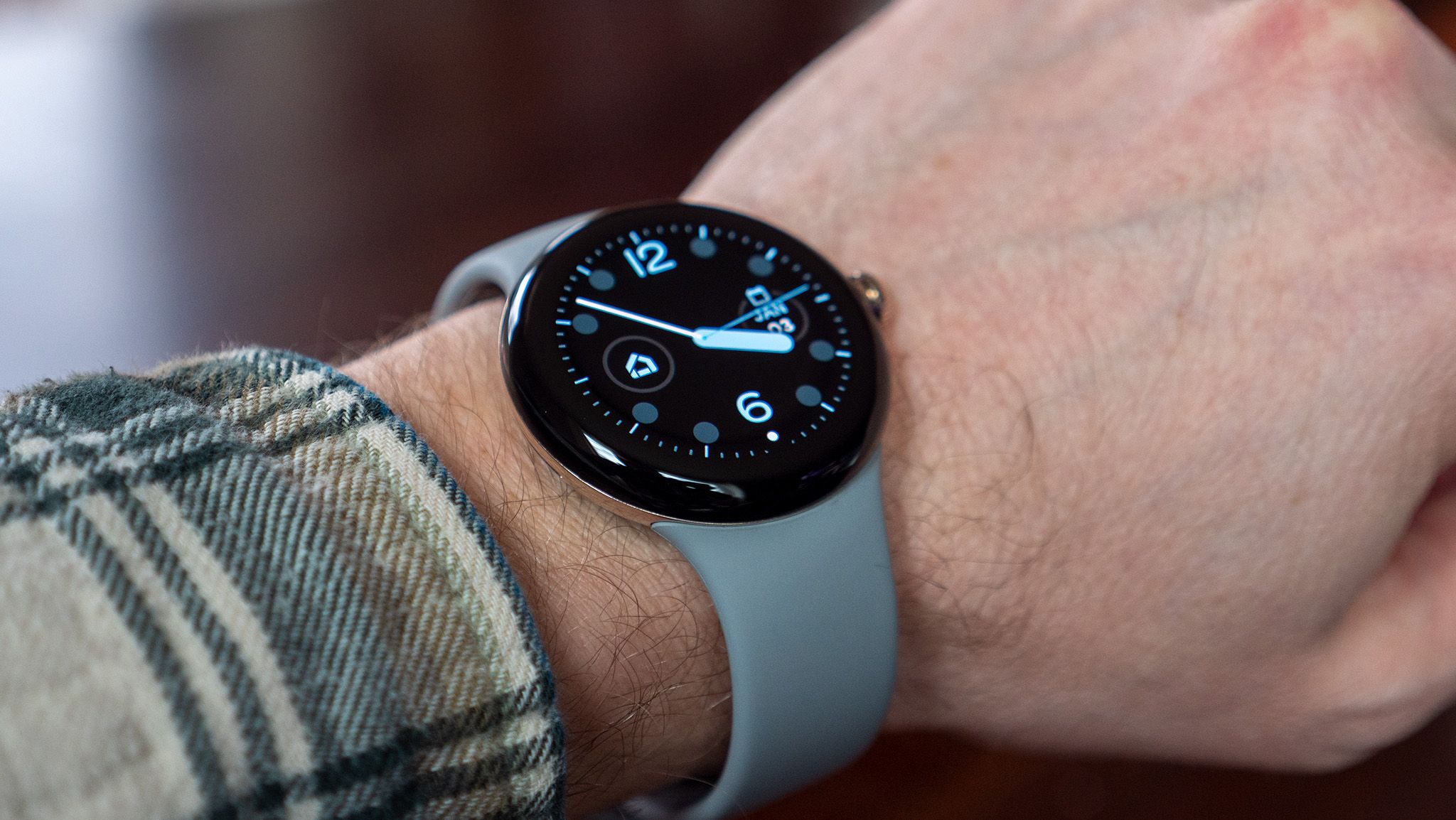
Google confirms end of Clock app support on non-Pixel watches amidst user backlash
What you need to know
- Google’s Wear OS Clock app is now exclusive to Pixel smartwatches only.
- Non-Pixel watches will lose access to the Clock app and updates.
- Wear OS 6 upgrades rolling out for eligible devices, enhancing user experience.
Earlier…
Continue Reading
-

US flight cancellations rise as Sean Duffy warns travel could reduce to a ‘trickle’ | US federal government shutdown 2025
Flight cancellations and delays are set to grow as airline passengers across the United States spent the weekend grappling with those issues at major airports nationwide after the Federal Aviation Administration (FAA) mandated a 4% reduction in air traffic in response to the ongoing federal government shutdown.
If the shutdown continues, the FAA has instructed airlines to cut 6% of flights on Tuesday – and to do the same to 10% by 14 November. The transportation secretary, Sean Duffy, has warned that flight reductions could reach 20% if the shutdown persists, and on Sunday he predicted a “substantial” number of people in the US would be unable to celebrate the upcoming holidays with their families if the shutdown wasn’t resolved.
“You’re going to see air travel be reduced to a trickle,” Duffy said Sunday on CNN’s State of the Union. “We have a number of people who want to get home for the holidays. They want to see their family … Listen, many of them are not going to be able to get on an airplane because there are not going to be that many flights that fly if this thing doesn’t open back up.”
The FAA’s requirement for airlines to cut 4% of daily flights at 40 “high traffic” US airports began Friday and represented an attempt to ease the mounting pressure on air traffic controllers. Like other federal employees, those controllers have not been paid for weeks amid the government shutdown, which has become the longest in history and reached its 40th day.
“We are seeing signs of stress in the system, so we are proactively reducing the number of flights to make sure the American people continue to fly safely,” the FAA administrator, Bryan Bedford, said earlier this week. He also said that between 20% to 40% of controllers had not been showing up for work over the last several days.
The first round of flight reductions led to around 800 cancellations on Friday and 1,460 on Saturday. As of 9am ET Sunday, more than 1,000 flights across the US had been cancelled for the day, according to the flight tracking website FlightAware.
On Sunday, Duffy told CNN that the US is “short air traffic controllers” and that he was “trying to get more air traffic controllers into the towers and be certified, but I am about a 1,000 to 2,000 controllers short”.
Airlines were offering full refunds to customers for canceled flights.
The National Air Traffic Controllers Association has warned that the shutdown was worsening the staffing shortages and said that many controllers “are working 10-hour days and six-day workweeks due to the ongoing staffing shortage, all without pay.
“This situation creates substantial distractions for individuals who are already engaged in extremely stressful work,” they said. “The financial and mental strain increases risks within the National Airspace System, making it less safe with each passing day of the shutdown.”
On Saturday, the union said it had delivered 1,600 handwritten letters from members to Congress calling for the shutdown to end.
As the shutdown drags on, Democratic and Republican lawmakers continued to blame each other for the impasse – and for the flight disruptions.
On Friday, the White House blamed Democrats for the cancellations and delays, saying they “are inflicting their man-made catastrophe on Americans just trying to make life-saving medical trips or get home for Thanksgiving”.
On Saturday, Senate minority leader Chuck Schumer, a Democrat, accused the Republicans of “playing games” and said that “instead of negotiating with Democrats, Republicans would rather let air-traffic controllers go unpaid, they’d rather ground flights, and they’d rather punish travelers.”
For passengers, uncertainty remained about which flights would be canceled, and analysts warned that the disruption would likely intensify and spread beyond air travel if cancellations keep growing and reach into Thanksgiving week.
The moderator of NBC’s Meet the Press, Kristen Welker, asked Democratic US House minority leader, Hakeem Jeffries, if the shutdown would end before Thanksgiving. “I hope so,” Jeffries said.
Asked the same question by Welker, Senator James Lankford of Oklahoma said “it absolutely needs to – it needs to open today if we can get it open”.
Rental car companies reported a sharp increase in one-way reservations Friday, and some people simply canceled flights altogether.
Some analysts have pointed out that there was the potential for higher prices in stores, as nearly half of US air freight is shipped in the bellies of passenger aircraft. There is also the possibility of higher shipping costs that get passed on to consumers, and further losses, from tourism to manufacturing, that will ripple through the economy if the slowdown continues.
Continue Reading
-

Naturopathy doctor warns: ‘NEVER’ speak on your phone while it’s charging, reveals hidden risk to the brain
A warning from California-based naturopathy doctor Dr. Pedi Mirdamadi has reignited a long-standing debate about the invisible dangers of excessive phone use. In a recent Instagram post and video that went viral, the San Diego practitioner…Continue Reading
